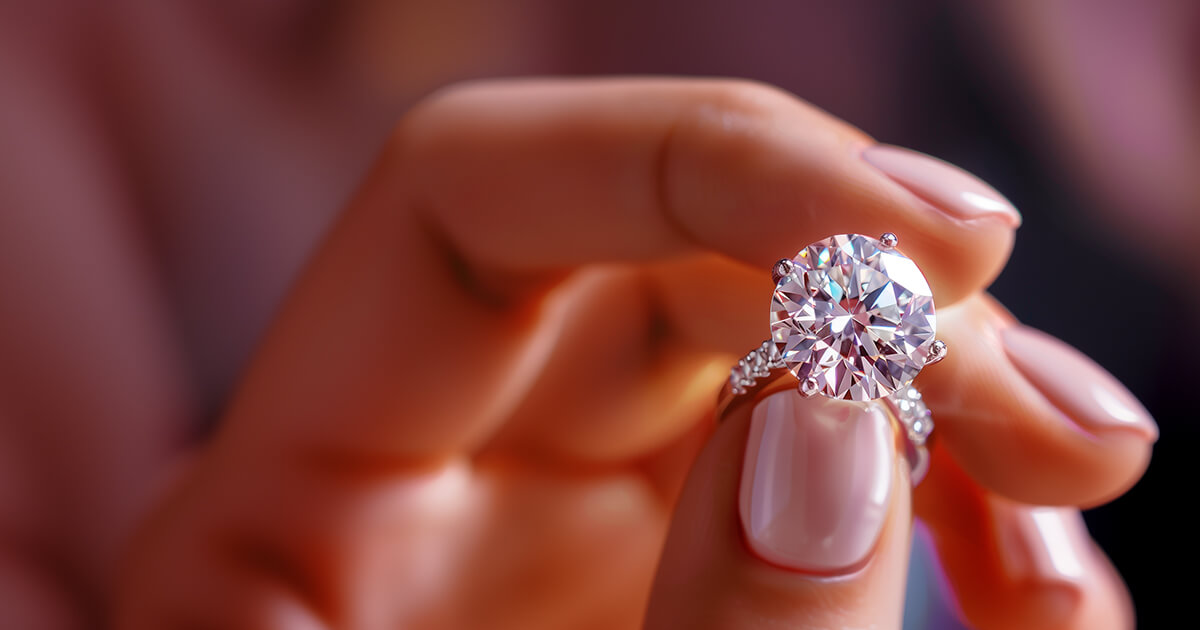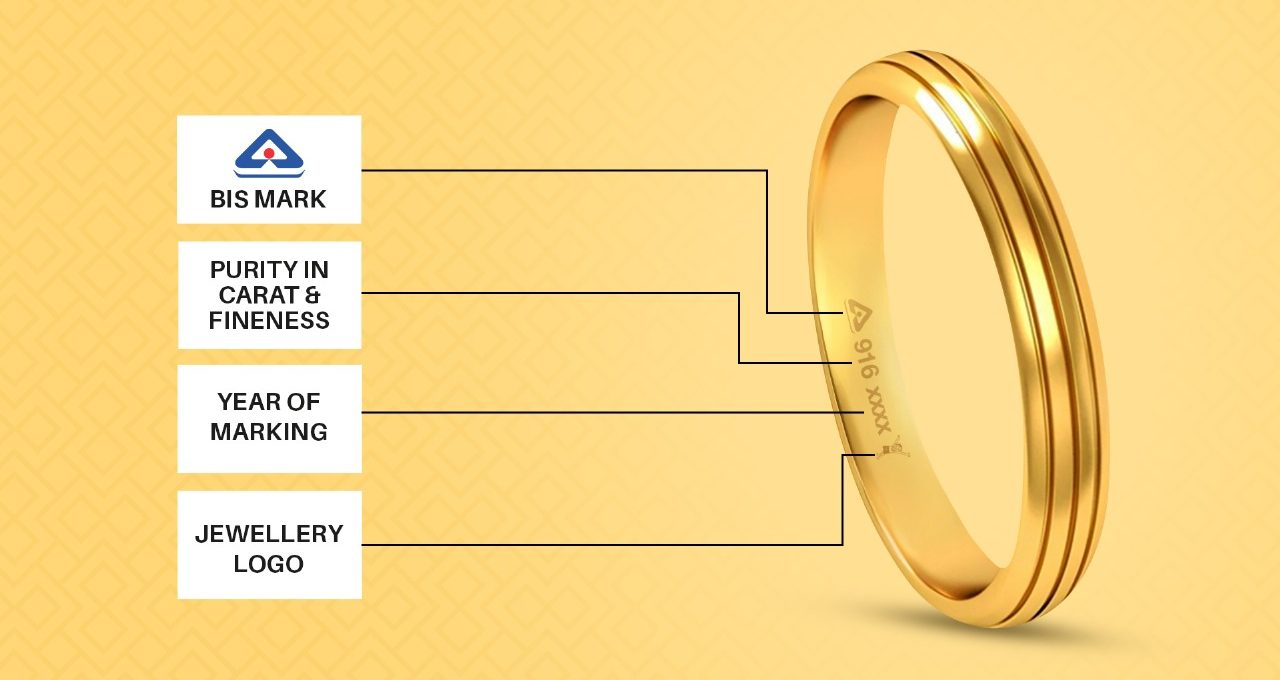
Sparkling Secrets Unveiled: How to Spot Genuine Diamonds
Welcome to our jewellery blog, where we explore the enigmatic world of genuine diamonds and their imitations. Diamonds have captivated hearts for centuries with their mesmerizing brilliance and enduring allure. However, in today’s market flooded with synthetic and simulated gems, discerning a real diamond from a counterfeit has become increasingly challenging. Fear not, as we unveil three simple tips to guide you in confidently identifying the real diamonds among the imitations.
1. Understanding the 4Cs: Carat, Cut, Color, Clarity
Carat Weight: Carat is a unit of measurement used to determine the weight of gemstones, including diamonds, abbreviated as “ct”. While Karat refers to a unit of measurement used to indicate the purity of gold. It is abbreviated as “K” or “kt”. For instance, a 1-carat diamond weighs about 200 milligrams. However, two diamonds both labelled as “1-carat” can differ significantly in appearance due to variations in cut, shape, and form. Each diamond possesses its own unique characteristics, akin to individuals, making it essential to evaluate all attributes when purchasing diamond jewellery online. Moreover, carat weight directly influences diamond size, with one carat equaling 100 cents, providing a common metric to express diamond sizes.
Cut: The cut of a diamond is paramount in determining its beauty. It encompasses angles, proportions, facets, and finishing details that directly influence the diamond’s sparkle and overall aesthetic appeal and brilliance. Graded on a scale of Ideal, Excellent, Very Good, Good, Fair, and Poor by the Indian Gemmological Institute (IGI), the cut dictates the diamond’s ability to reflect light and sparkle. Prioritizing cut over other factors like carat weight or clarity is crucial, as it is the primary indicator of a diamond’s beauty. While an Excellent cut designation doesn’t guarantee superior quality, a well-cut diamond enhances its brilliance regardless of its size or clarity. Triple excellent diamonds (excellent cut, polish, and symmetry) are often perceived as premium, but their value varies. Consulting experts and carefully examining a diamond’s cut are vital steps in ensuring its beauty and worth.
Color: The color of a diamond is graded on the IGI color scale, starting from D (colorless) to Z (fancy colored diamonds such as orange, pink, and blue).
Clarity: Clarity grades range from Flawless to Inclusions, indicating the purity of a diamond. Imperfections, although varying, define a diamond’s brilliance. IGI clarity grades include FL (Flawless), IF (Internally Flawless), VVS1 (Very, Very Slightly Included 1), VVS2 (Very, Very Slightly Included 2), VS1 (Very Slightly Included 1), VS2 (Very Slightly Included 2), SI1 (Slightly Included 1), SI2 (Slightly Included 2), I1 (Inclusions 1), and I2 (Inclusions 2). However, relying solely on these grading scales may not provide a complete picture. It’s essential to also consider the indication standard, which evaluates the size, nature, position, and quantity of inclusions within a diamond. This thorough examination ensures a comprehensive understanding of the diamond’s clarity, guaranteeing its timeless allure remains untarnished.
2. Seeking Professional Verification
When in doubt, it’s wise to turn to professionals for verification. Our gem testing laboratory in Kesavadasapuram is dedicated to preserving authenticity, ensuring your diamonds shine with brilliance. Put your trust in the expertise of the leading gem testing facility in Trivandrum, consistently ranked among the top five in India.
3. Identifying Common Diamond Substitutes
Cubic Zirconia (CZ): Known for its brilliance and affordability, CZ lacks the durability and unique properties of real diamonds. Moissanite: While resembling diamonds, moissanite has different optical properties, including a rainbow effect known as “dispersion.
White Sapphire: Although colorless, white sapphires lack the fiery sparkle characteristic of diamonds due to distinct refractive properties
Lab-grown diamonds: These diamonds, cultivated in controlled laboratory environments, possess the same chemical composition and physical properties as natural diamonds but are created under controlled conditions. They share the brilliance and durability of natural diamonds, making them a popular choice for ethical and environmentally conscious consumers.
As you embark on your journey to uncover the authenticity of diamonds armed with knowledge and insights, you can confidently navigate the world of fine jewellery. Whether acquiring a dazzling engagement ring or enhancing your collection, understanding how to distinguish a real diamond from a fake empowers you to make informed decisions and cherish timeless beauty for generations to come.
Stay tuned for more captivating insights as we delve deeper into the mesmerizing world of jewellery, including updates on the Gold coin rate in Kerala.
Want to purchase gold jewellery online? Check out our Online Shop now https://bhimajewellery.com/shop/
Thank you for reading and we hope to see you soon.




